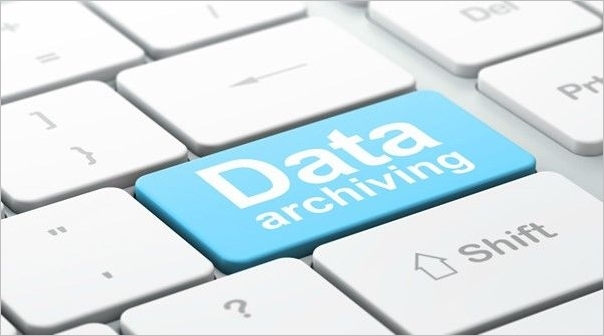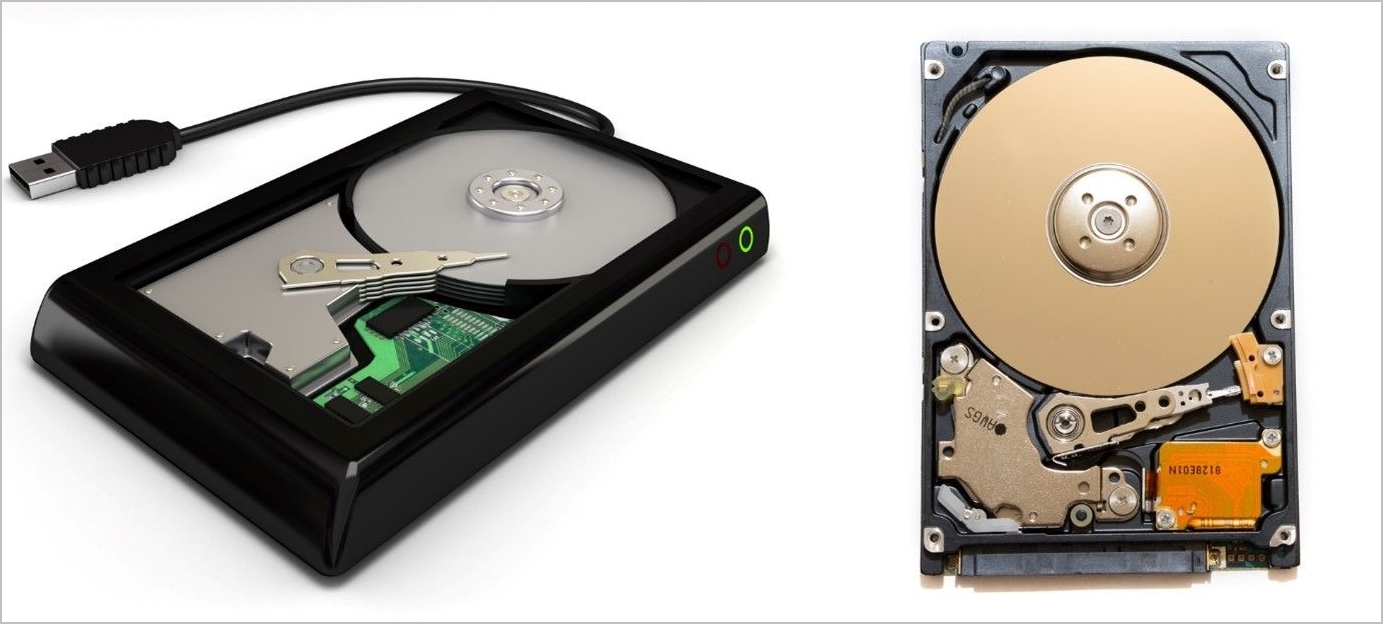Background Introduction
People commonly confuse Data Backup with Data Archiving in the digital storage era. Even though they're different, many people still use these terms interchangeably.
Large datasets are available to organizations. AI and IoT produce enormous data. Time has reduced storage costs. More data storage is cheap. AI and big data can use this data. These tools help companies make smart judgments.
Data needs a home. Large datasets are stored in the cloud or data centers. Large datasets can't be stored in-house. Your company will struggle to archive these vast databases. However, some organizations will benefit from archiving, but not all businesses can use it. This article will discuss data archiving and all you need to know about it.

What is Data Archiving
Data archiving moves inactive data to a different device for long-term preservation. Archive data is older information that must be kept for future reference or regulatory compliance. Files may be found and retrieved from indexed data archives.
Archived data is kept on a lower-cost tier to decrease main storage usage and expenses. A firm must inventory its data to determine what should be archived.
Some archive systems are read-only to prevent alteration, while others allow writing. Data archiving is best for operational or regulatory data like document files, email communications, and historical database entries.
How to Choose The Right Data Archiving Media
The type of storage you pick affects how accessible and secure your preserved material is and how much it costs to generate and keep. An archive is only beneficial if you can recover data when needed, so check the storage frequently.
1. Magnetic tape
Magnetic tape is one of the first methods of archiving digital data. Even though tape has been mostly replaced as a primary and backup storage media, its enormous capacity, cheap cost, and extended durability make it ideal for archiving.

2. Optical Disk
An optical disk is mainly a compact backup storage device. A laser beam transmits data onto an optical disk as small holes in a spiral pattern. Optical media storage was once very popular in the archiving field. Because it was one of the first formats to offer write-once, read-many (WORM) data rewrite protection. It means that once this media is written, it cannot be modified. As a result, it has a longer lifetime and can retain more information than the previous generation.
3. On-premises storage
On-premises storage implies your company's server is housed on-site, inside its infrastructure. It saves data on servers, PCs, and other local hardware. You and your team may store data on a server you buy and set up at the workplace. On-premises storage has emerged as the biggest challenger to tape as a data archiving medium of choice. Its availability of SATA drives of up to 2TB capacity and its sub-$150 cost make it competitive with tape.
4. Portable Disk Storage
USB flash drives are portable, USB-connected storage devices. They're detachable and rewritable, like flash memory cards and a typical data storage mechanism. Unlike flash memory cards, USB flash drives may be placed into most current computers' USB ports. These disks hold 32MB to 64GB. Portable disk storage offers all the benefits of tape portability and disk-based archiving.

5. Archiving in The Cloud
The Archive class of Cloud Storage improves functionality and reduces long-term data storage costs. Online storage systems like Dropbox, iCloud, Microsoft OneDrive, etc., may be trusted for data preservation. These services are user-friendly, accessible from anywhere, etc. For data archiving, Cloud storage is well suited, and Saas providers are defining their services as a more economical way to do so. However, storing compliance data via cloud archiving without carefully examining third-party services may pose a risk.
These are the common data archiving media. You can choose the right media according to your needs.
Conclusion
Archiving data is a primitive notion. Unstructured data is expanding rapidly, making it difficult for companies to comply with regulatory rules. New solutions like cloud storage save time and money by protecting proliferating information.
Businesses may determine whether data archiving is the correct answer for preserving their anxieties and maintaining their peace of mind.
Was This Page Helpful?
Related Articles
-
Motherboard: An Indispensable Part of Your PC
 Tracy King/2022-09-22
Tracy King/2022-09-22 -
A Mini USB - Things You Need to Know
 Daisy/2022-09-22
Daisy/2022-09-22 -
Apple M1 Chip| An Apple Chip You Need to Know
 Daisy/2022-10-12
Daisy/2022-10-12 -
Hyper-V vs. VMware: Which Is the Better Choice for You?
 Brithny/2022-09-30
Brithny/2022-09-30
Tips & Tricks
- How to Partition A Hard Drive in Windows 10
- Fix Corrupted/Damaged SD Card Without Losing Data
- Recover Deleted or Lost Android Photos/Videos with or without Computer
- [Easy & Fast] How to Recover Deleted Files on PC Windows 10/8/7
- How to Share Files Between Two Laptops with or Without WiFi in Windows 10
- How to Migrate Windows 10 from HDD to SSD
- 6 Ways to Transfer Files from PC to iPhone/iPad With/Without iTunes